
Folic acid is a form of the water-soluble vitamin B9. Folic acid is essential to numerous bodily functions ranging from nucleotide biosynthesis to the remethylation of homocysteine. The body needs it to synthesize DNA, repair DNA, and methylate DNA. It is required for the production of healthy red blood cells and for the prevention of anemia. A lack of dietary folic acid results in folic acid deficiency characterized by many health problems. Folic acid is very important in pregnancy, and lack of it can lead to neural tube defects in developing embryos. Folic acid is one of the most chemically complicated vitamins, with a three-part structure. It consists of PABA, glutamic acid, and pteridine.
Recommended daily dosages
The Institute of Medicine at the National Academy of Sciences recommends following dosages for folic acid:
0-6 months: 65 micrograms6-12 months: 80 micrograms1-3 years: 150 micrograms4-8 years: 200 microgramsMen 9-13 years: 300 microgramsMen 14 years and older: 400 microgramsWomen 9-13 years: 300 microgramsWomen 14 years and older: 400 microgramsPregnant women of any age: 600 microgramsLactating women of any age: 500 micrograms
Any doses greater than 1,000-2,000 micrograms can trigger various kinds of nervous system related symptoms, such as insomnia, malaise, irritability, and intestinal dysfunction. The tolerable upper limit is 1,000 micrograms for men and women who are older than 19.
Food sources for folic acid
Excellent sources of folic acid include romaine lettuce, spinach, asparagus, turnip greens, mustard greens, calf's liver, parsley, collard greens, broccoli, cauliflower, beets, and lentils. Two cups of romaine lettuce provides 38% of RDA, a cup of boiled spinach provides 65.7% of RDA, a cup of boiling asparagus also provides the same amount, one cup of cooked turnip greens provides 42.6% of RDA, a cup of boiled mustard greens 25.7%, a portion of calf’s liver weighing 4 oz provides fantastic 215.2% of RDA, two tablespoons of fresh parsley somewhere around 2.9%, a cup of boiled collard greens 44.2%, a cup of steamed broccoli 23.5%, a cup of boiled cauliflower 13.6%, a cup of boiled beets 34.0% and a cup of cooked lentils provides 89.5%.
Other good sources of folic acid include squash, black beans, pinto beans, garbanzo beans, papaya and string beans.
Folic acid contained in animal products is relatively stable during the cooking, while the plant sources of folic acid can lose up to 40% of their folic acid content.
Processed grains and flours can lose up to 70% of their folic acid content. Folic acid is added to grain products in many countries, and make up a significant source of the population's folic acid intake.


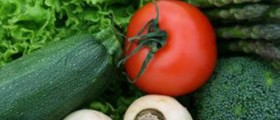
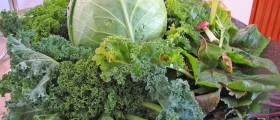
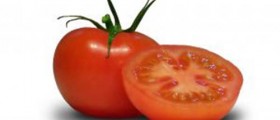
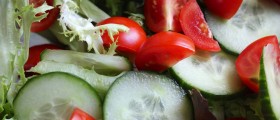
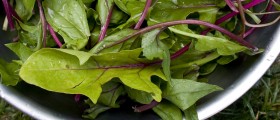
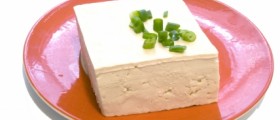
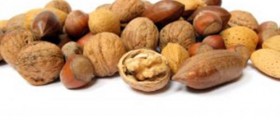
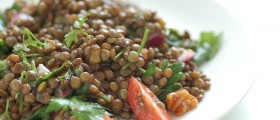
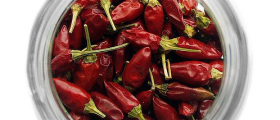






Your thoughts on this
Loading...